Russia and Germany 2014
MЗдравствуйте from the Komarov Botanical Garden
The 54 acres Botanical Garden is over 300 years old and was founded in 1714 by Peter I as a medicinal and herbal garden. The garden has 27 glass houses, more than 6700 species of plants from around the World, and important collections including Iris. George Rodionenko began research on Iris in 1947 and by 1962 had developed the garden’s Iris collection. His knowledge of Iris was impressive and his insights into their morphology inspiring because he observed plants from seedling through maturity. Nina Alexeeva has continued his work specializing in Iris from Russia and surrounding regions. She has also worked to continue the maintenance and growth of the living collection. Dr. Alexeeva sent me several specimens for use in my research that she collected during expeditions. A goal of my visit was to verify the species identification for some of these specimens. We also discussed possible collaborative research and I toured the garden and research facilities at the Institute. During my visit I was able to photograph Iris that were flowering in this important living collection.

I. pumila
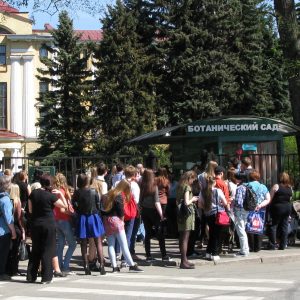
Crowd
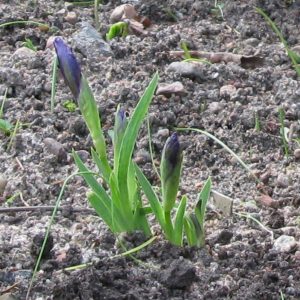
Iris

Glass House
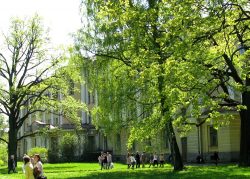
Building
Здравствуйте from the Herbarium of the Komarov Botanical Institute
The herbarium at the Institute is one of the largest in the world and houses more than 6 million specimens dating from about 1700. I knew it would be an interesting herbarium for me when I encountered the bust of Armen Takhtajan on the stair landing. He is one of the great 20th century botanists who had an understanding of the entire plant kingdom and produced a classification system for flowering plants, evolutionary theories on the development of flower organs, and a book outlining the floristic regions of the World.
The herbarium holds important types (the specimens designated as representing and used to describe new species) particularly from Russia and Central Asia. It is organized in 11 sections with one general section and 10 representing regions of the World. I was able to photograph Iris types from each of the sections and quite a few other sheets of interest. It was an amazing trip for me as I saw and handled historic specimens from botanists such as von Bieberstein, Bunge, Busch, Fedorov, Ledebour, Kamelin, Komarov, Maximowicz, Pallas, and Regel.
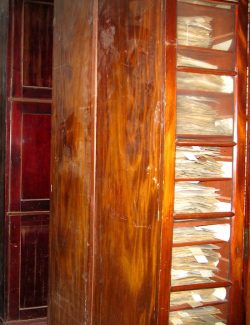
Cabinets
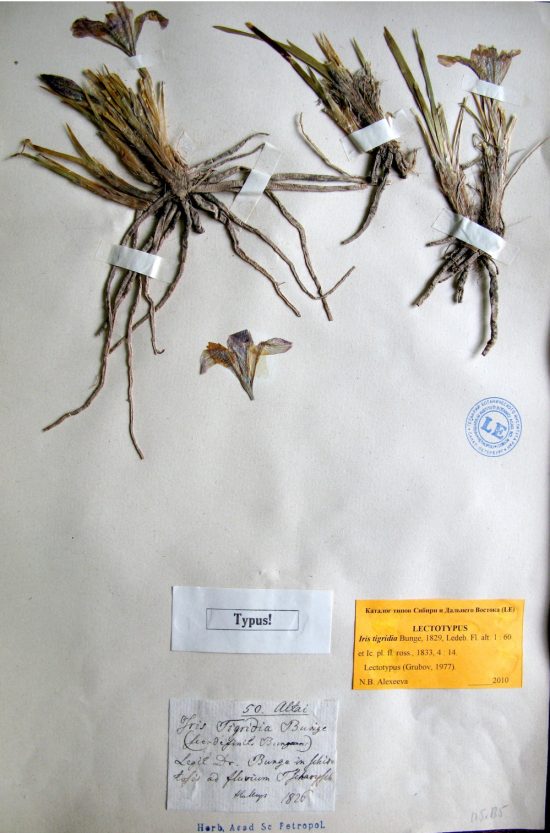
I. tigridia
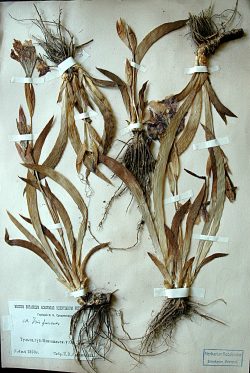
I. furcata
Hallo from Freyburg, Germany
In 2013 I visited Italy and searched in the Saale-Unstrut region for I. aphylla. Although I found several Iris in this region, the sites were disturbed or did not have more than a handful of plants. The plants were taller than I expected and did not fit the description for the species. As a result I was interested in visiting sites further east in Germany or Ukraine on my next trip where I could route through Europe. We had previously taken quick side trips in eastern Germany but were looking at Viscum, a mistletoe, because my husband specializes in parasitic plants. For this trip I outlined several potential areas for I. aphylla in Germany. At several historic areas we found agricultural lands and no suitable habitat. We then concentrated on small natural areas that I think are set aside primarily for the forests that make up most of the sites. Along the edges of these small forests are slopes with rocky grasslands that have wildflowers. The forests are multi-use with the harvest of logs, beekeeping, stands for hunting, and walking trails. We searched two of these natural areas and found a nice population of I. aphylla that was past flowering in the second one.
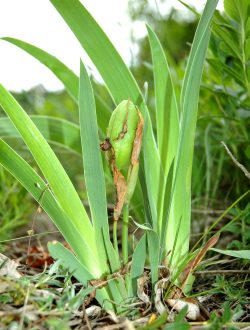
I. aphylla
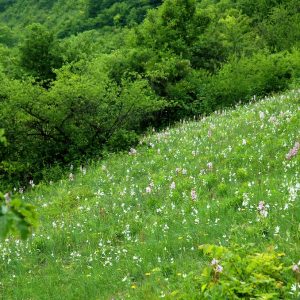
Landscape
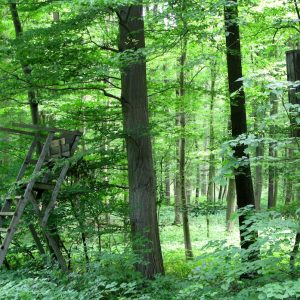
Hunting Trails
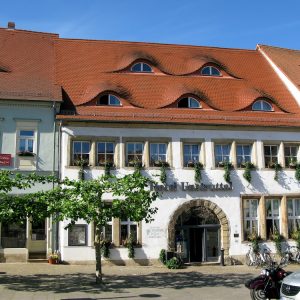
Hotel
